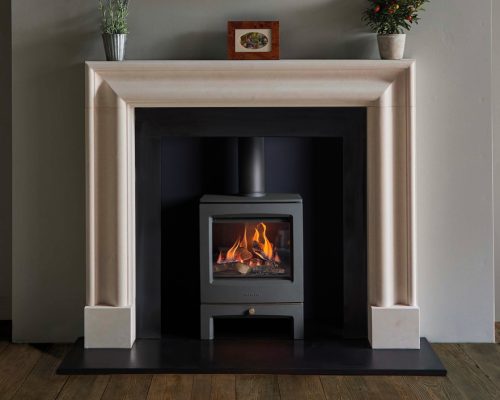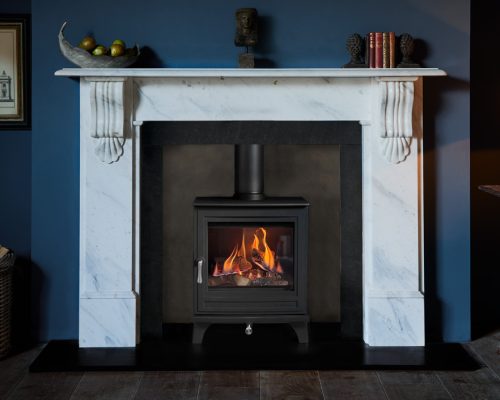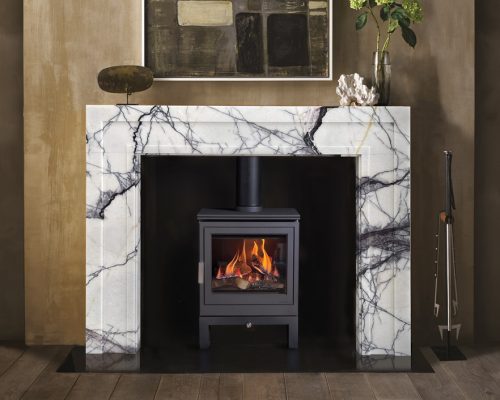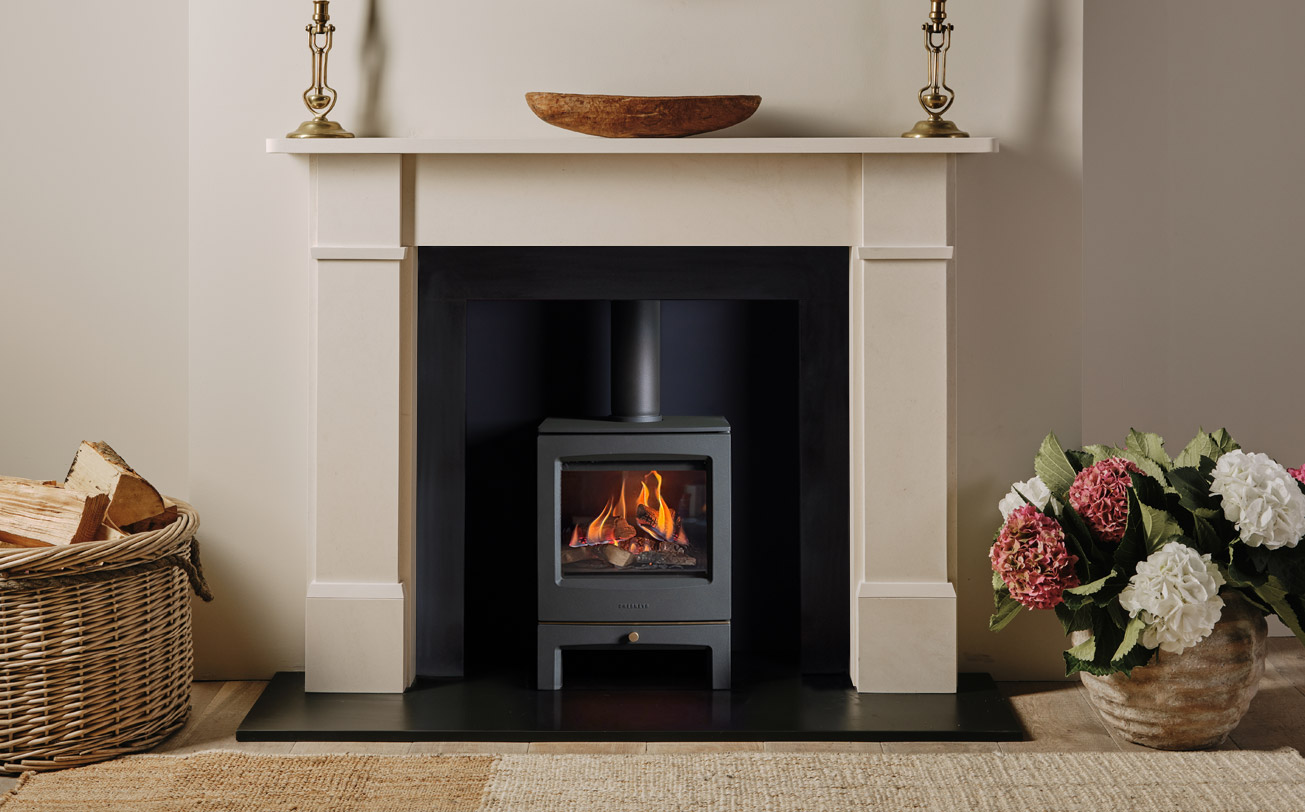A gas stove is a heating appliance that uses natural gas or propane as its primary fuel source. Unlike traditional wood-burning stoves, gas stoves provide instant flames without needing logs or kindling. These stoves come equipped with controls for adjusting the flame's intensity and often, feature ignition systems for quick and easy startups. Designed for both functionality and aesthetics, many modern gas stoves also mimic the appearance of wood flames, offering the cosy ambience of a traditional fire without the associated effort.
Gas stoves offer several distinct advantages. Firstly, they provide consistent and controllable heat. With easy-to-use controls, users can adjust the flame to their desired level, ensuring a comfortable temperature. Convenience is another major benefit; there's no need to chop, store, or manually feed wood. This ease of use extends to ignition, with most models offering instant flames at the push of a button or turn of a dial. Additionally, gas stoves tend to produce fewer emissions than wood-burning stoves, making them a more environmentally friendly option in many scenarios. The predictable nature of gas as a fuel source also means fewer unexpected fluctuations in heating costs.
When properly installed and maintained, gas stoves are safe for home use. They are designed with various safety features, including flame failure devices that shut off the gas supply if the flame goes out unexpectedly. Ventilation is crucial; hence, ensuring proper installation with suitable venting or using vent-free models with safety sensors is essential. Regular maintenance, such as checking for gas leaks and ensuring proper combustion, will enhance safety. Additionally, homeowners should install carbon monoxide detectors in homes with gas appliances as an added precaution.
The cost comparison between gas, wood, and electric stoves depends on various factors, including local fuel prices, usage patterns, and appliance efficiency. Generally, gas stoves tend to have a lower operational cost than electric stoves, especially in areas where electricity is expensive. Compared to wood, the cost-effectiveness of a gas stove hinges on local wood prices and the convenience factor of not needing to source, store, or handle wood. Initial setup costs can affect the overall cost equation, especially if gas lines need installation.
Gas stoves are known for their efficiency. They convert a high percentage of the fuel they consume into heat, often outperforming both traditional wood-burning stoves and some electric heaters. The ability to quickly adjust the flame allows homeowners to regulate the heat output, ensuring that the room remains at a desired temperature without wasting energy. Many modern gas stoves also come equipped with advanced combustion technology, maximising their efficiency and making them an effective heating solution for many homes.





